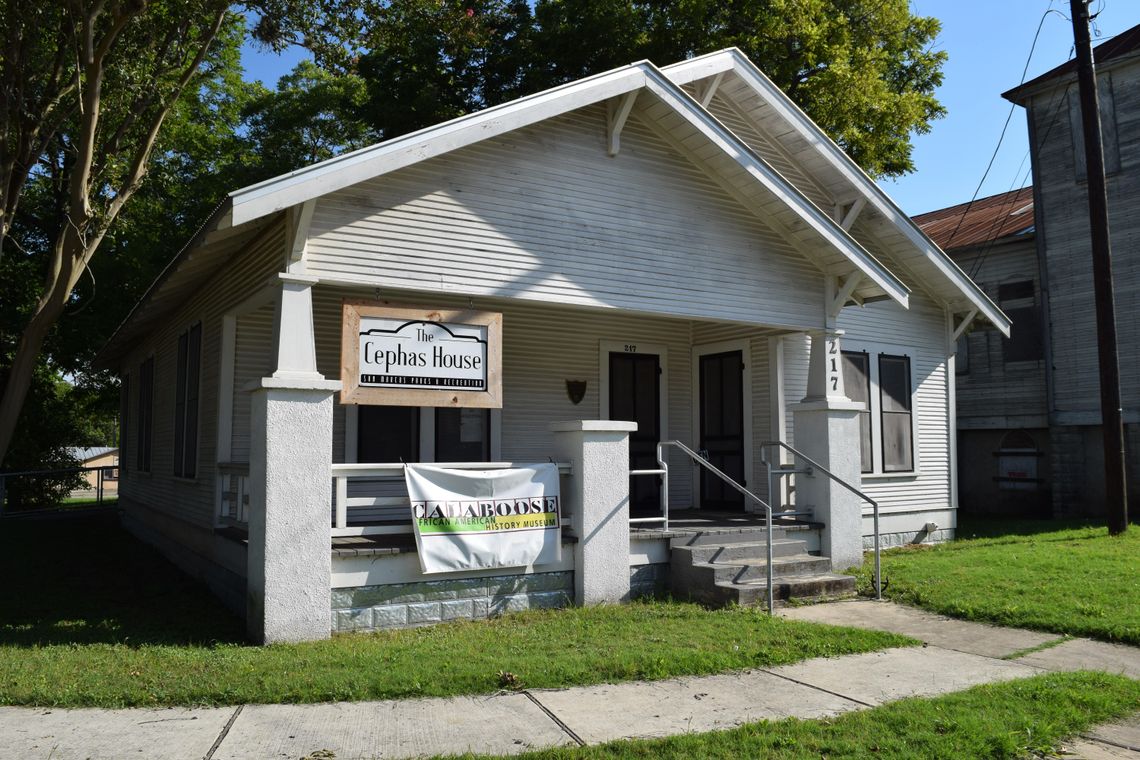The Calaboose African American History Museum commemorated Juneteenth with an evening at the Cephas House on June 19.
Calaboose Board of Directors President Dr. Elvin Holt opened up the evening by highlighting the historical significance of this year’s Juneteenth celebrations.
“Today we are celebrating, not only the 19th of June, but also the 400th year since the first enslaved Africans were brought to America — that was in 1619, they brought 20 Africans to Jamestown, Virginia — so today is a very important day.”
PLEASE LOG IN FOR PREMIUM CONTENT. Our website requires visitors to log in to view the best local news.
Not yet a subscriber? Subscribe today!









